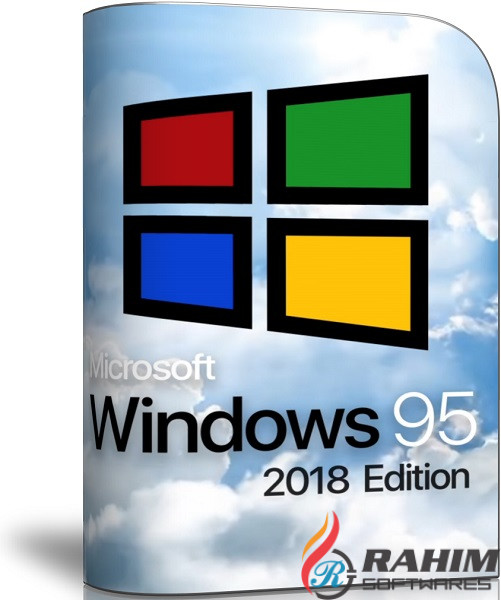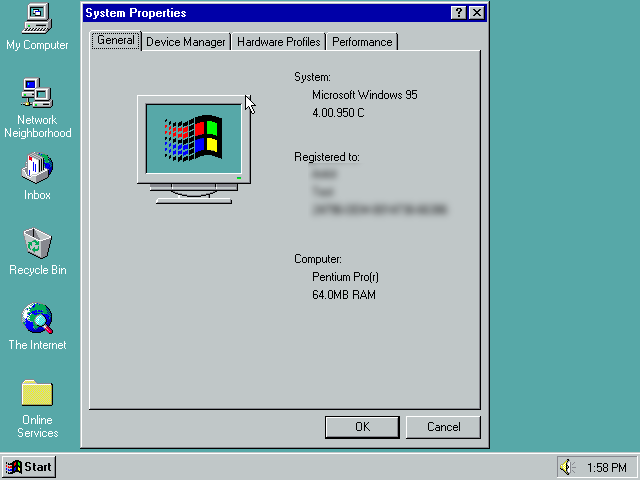

The data can be accessed at:ĭEM data for Canada is available in CDED format, which although it has its own specification is mostly identical to USGS ASCII format. The others are a little obscure but not impossible to handle. The data format is OK if you use ESRI applications.

This is OK, except the user interface is slow and awkward. The data is then offered to the user in four formats, ArcGrid, BIL, TIFF and Grid Float. The next attempt by the USGS took the existing SDTS data and reformatted it into a data structure that allowed the data to be selected by rubber-band box from a map GUI such that DEMs of any arbitrary size could be supplied to the user. This data is available from three commercial (but free) sources at:

From a technical standpoint, the NED is probably superior. Many applications can read SDTS format, so using this data is generally no problem. The entire 1:24000 (7.5') 15m and 30m United States DEM data set is available in this format. However, there is nothing wrong with the data once you get at it. The failure was so total that the USGS did not even complete the conversion of its data to the new format before they gave up and adopted the new NED formats. Writing an SDTS writer is virtually impossible and I do not know anyone who has done it. Writing an SDTS file reader is a significant pain as a result. The rest of the files are chock-full of mostly useless information. Almost half of the files have to be individually parsed in order to simply get at the elevation data. There was only one problem: it was utterly rejected by the user community as a standard because if its outstanding complication.Īn SDTS DEM is comprised of 18 separate files, arranged in a most unfriendly structure from a processing standpoint. SDTS format is an extremely versatile, self-describing structure capable of handling a wide variety of data types, produces a compact file size, and is theoretically is more machine readable than its predecessor. SDTS DEM data format was the USGS attempt at creating a new file format specification. Only the 1:250,000 scale DEMs are still offered by the USGS in this format, available at: However, at this point the USGS has converted most of its data to different formats (see below). It is the de facto plain-vanilla standard for data transfer between different applications. More importantly, it was the original DEM format and had been around so long that many applications could (and still can) handle it. However, it is a fixed ASCII format, which makes it easier to handle from this aspect. This makes the file size several times larger than a well-constructed binary format, and makes the file more difficult to machine process. USGS ASCII DEM format is not particularly good as a data format because it is ASCII.
W95.IMG FREE DOWNLOAD SOFTWARE
Close this Windowįree Digital Elevation Model (DEM) and Free Satellite Data Download Linksįree Satellite Data, Satellite Imagery, Digital Elevation Models (DEMs), Topographic Maps and free software links.ĭEM download site for SRTM, GTOPO and more. Go to for DEM and satellite image articles and free software. Go to for PANCROMA Satellite Image Processing software, data, White Papers and videos. Free Satellite Data - TERRAINMAP Satellite Image Analysis


 0 kommentar(er)
0 kommentar(er)
